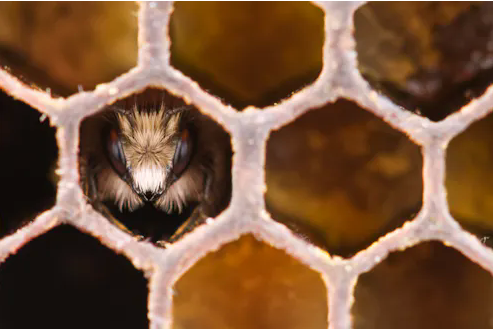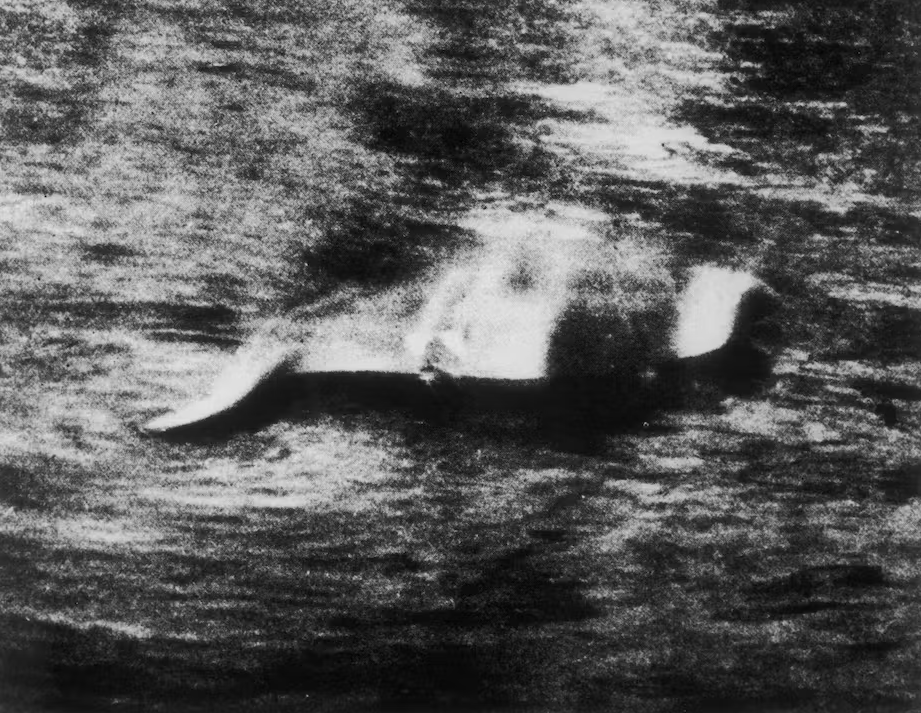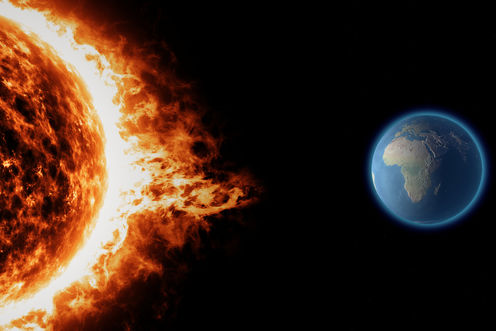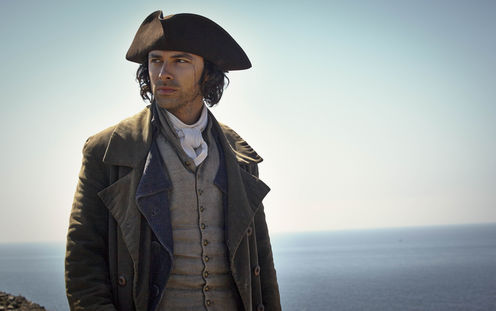 Correlation: Sitting Is Bad For Your Health And Exercise Won't Help
Correlation: Sitting Is Bad For Your Health And Exercise Won't HelpAdvances in technology in recent decades have obviated the need and desire for humans to move....
 It's About Calories, So Kimchi Is Not A Weight Loss Superfood - But You May Eat Less
It's About Calories, So Kimchi Is Not A Weight Loss Superfood - But You May Eat LessFermented foods have become popular in recent years, partly due to their perceived health benefits....
 Beekeepers Are Wrong About Overwinter Hive Behavior
Beekeepers Are Wrong About Overwinter Hive BehaviorHoneybees in man-made hives may have been suffering the cold unnecessarily for over a century because...
 Why Does Anyone Still Search For The Loch Ness Monster?
Why Does Anyone Still Search For The Loch Ness Monster?Hugh Gray was taking his usual post-church walk around Loch Ness in Scotland on a November Sunday...




 There was something unusual about our recent research collaboration on the science of light, colors and the perception of rainbows: one member of the team wrote his best science in the 1220s.
There was something unusual about our recent research collaboration on the science of light, colors and the perception of rainbows: one member of the team wrote his best science in the 1220s.
 Humans can discriminate tens of thousands of odors. While we may take our sense of smell for granted, it adds immeasurably to our quality of life: the aroma of freshly brewed coffee; the invigorating smell of an ocean breeze or a field of wildflowers; the fragrance of a lover or the natural smell of a baby.
Humans can discriminate tens of thousands of odors. While we may take our sense of smell for granted, it adds immeasurably to our quality of life: the aroma of freshly brewed coffee; the invigorating smell of an ocean breeze or a field of wildflowers; the fragrance of a lover or the natural smell of a baby. 


 When a space hurricane was unleashed from the sun on January 7 2014, space-weather centers around the world
When a space hurricane was unleashed from the sun on January 7 2014, space-weather centers around the world 
 The buzz in the press and on social media about TV costume dramas Poldark and Outlander has been formidable.
The buzz in the press and on social media about TV costume dramas Poldark and Outlander has been formidable. 